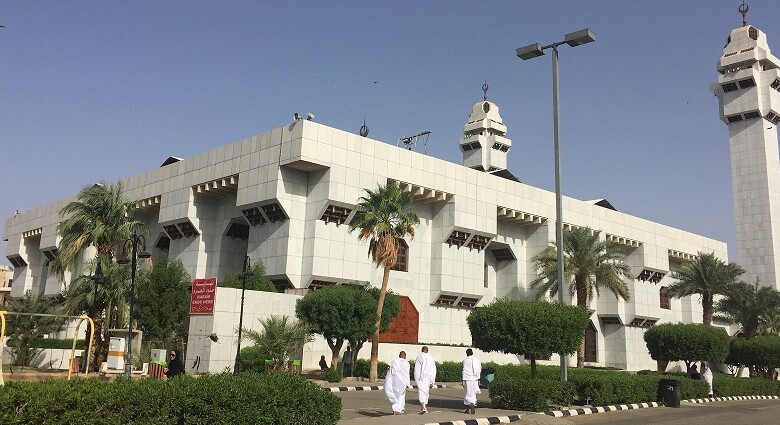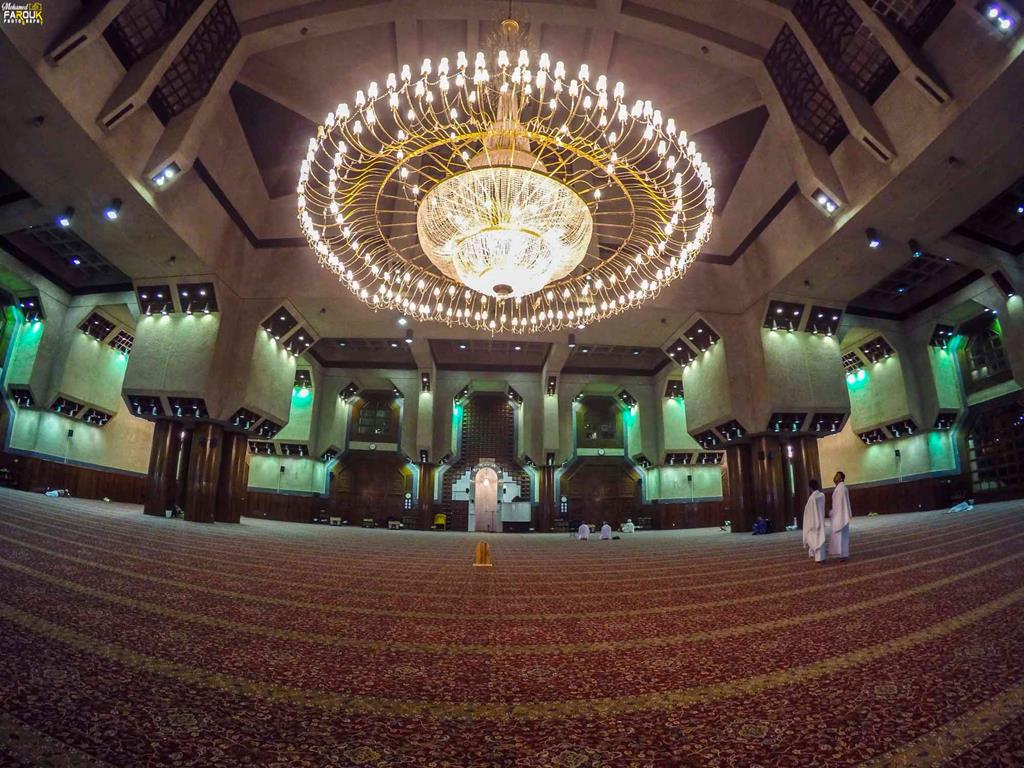Masjid Aisha: The spiritual gateway to Makkah

On the outskirts of the holy city of Makkah, about 7.5 km north of the sacred Kaabah, stands a magnificent mosque—Masjid Aisha, also known as Masjid Tan’eem, a significant landmark in the history of Islam.
The mosque was built in 240 AH (854 AD) at Tan’eem, the place where Aisha bint Abu Bakr, wife of the Prophet Muhammad (peace be upon him), entered the state of ihram during the Farewell Pilgrimage in 9 AH (630 AD).

Islamic history holds that Aisha was experiencing her menstrual cycle when the Prophet (PBUH) arrived with a group of Muslims in Makkah for the Hajj. The Prophet instructed her to perform all the various rites of Hajj except for the Tawaf (circumambulation of the Kaabah). She then performed the Tawaf after her cycle had ended. She then said, “O Rasulullah! While you have performed Hajj and Umrah, I have performed only Hajj.” The Prophet (peace be upon him) then instructed her brother Abdur-Rahman to take her to Tan’eem to enter the state of Ihram (a sacred state of purity), and it was from there that she performed her Umrah.
Its location, Tan’eem, derives its name from its positioning between two mountains, Jabal Na’im to the right and Jabal Na’em to the left, within a valley known as Nu’man.
Before the mosque’s construction, Tan’eem was simply a location where people would stop before entering the holy city of Makkah for religious rites, primarily to perform the ritual of Ihram—a state of spiritual purity and preparation required for performing Hajj or Umrah. For those pilgrims who were already within Makkah but needed to perform Umrah, the Prophet Muhammad (PBUH) himself had established the practice of assuming Ihram at Tan’eem. It is thus the closest Miqat to Masjid al-Haram.

The mosque was built in 854 AD by the Emir of Makkah, Abu Abbas Abdullah ibn Muhammad, during the rule of Caliph al-Mutawakkil al-Abbasi. In later years, the mosque was demolished, leaving Umrah pilgrims to enter Ihram in the vacant area for some time. It was only later, in the era of the Saudi state, that the mosque was reconstructed during the reign of King Fahd Bin Abdulaziz (1982–2005).
It cost about SAR 100 million (approximately $27 million) and was fitted with high doors and windows, reflecting its modern Islamic architectural style. This design seamlessly blends historical authenticity with ancient archaeological decorations, creating a unique and evocative space for worship.
The mosque sprawls across an impressive 6,000 square meters, with its entire complex encompassing a vast 84,000 square meters. This enables it to accommodate a significant number of pilgrims, up to 15,000 worshippers at any given time.
The mosque has two minarets, and a number of facilities are located nearby, such as parking areas for buses, taxis, and private cars; shaded courtyards; restrooms; and water coolers, as well as shops selling specialised Ihram garments and essential supplies for pilgrims and visitors.
To ensure a seamless experience for visitors and pilgrims, the Ministry of Islamic Affairs, Dawah and Guidance is fully responsible for the mosque’s operations, maintenance, management, and cleaning, providing luxurious carpets and overseeing improvement and development projects of the highest quality.

